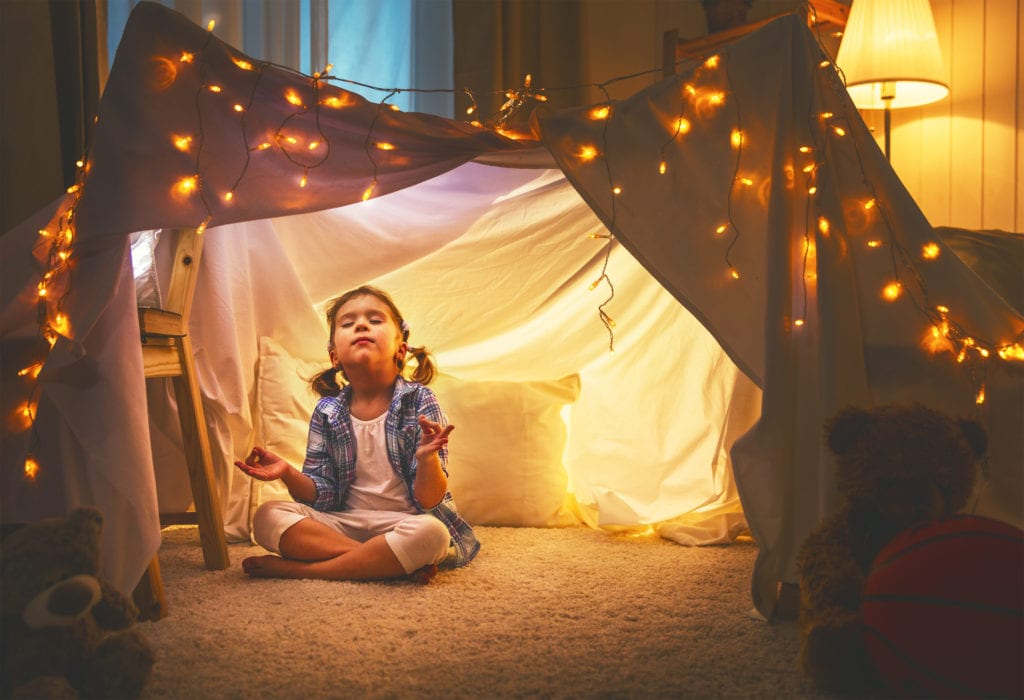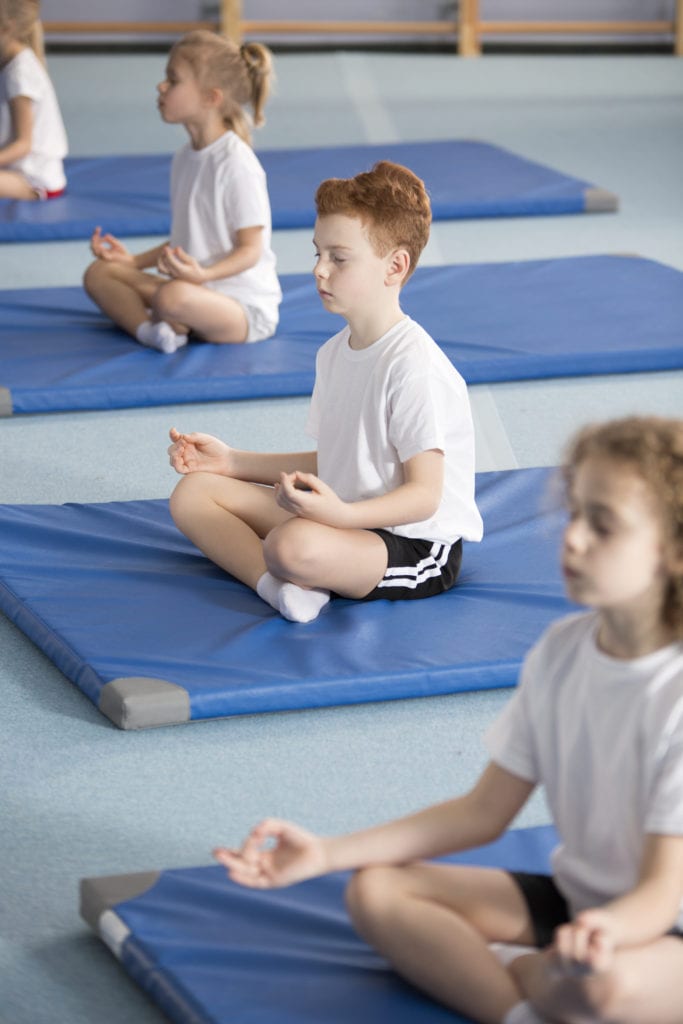
Director of Consultation and Psychoeducational Services, NESCA
Everyone being home at once is now the “new normal,” and, let’s face it, nothing feels normal about the situation we are in now. We are in uncharted waters and need to create life boats for all of us to use when the going gets tough. No matter how much you love your kids, your pets, your wife, husband or partner and they love you, you will all need some time away from each other.
As you try to create a routine and schedule of activities for your family, one activity to include – one life boat to create – is designated “alone time.” Alone time is when everyone in the house chooses an activity that they can do by themselves without interruption. Specify time limits for alone time based on the ages and stages of your kids and the types of activities they can do independently. This could be watching a movie, reading a book, drawing, playing with special toys (only used during this time), listening to music or a podcast, doing a puzzle, or even a little screen time, etc. Another life boat for parents and guardians needing to work from home is to make “Stop” and “Go” signs to hang on a door. When the Stop sign is up, it means, “No interrupting. ___ (i.e. mom, dad, grandma, etc.) is working.” Each parent or caregiver can take turns with work, keeping in mind that flexibility and kindness is needed for all of us to survive.
Another life boat to create is a calming space. Many kids share a bedroom with a sibling so they do not have a private, separate space to go to as a retreat. A calming space is one that’s as quiet as possible and away from the activity center of your dwelling. It is a separate space to “chill out” in. When you create this space, you will have to teach your kids about the space, what it is used for, how to use it, what can and can’t be done in it, etc. Set boundaries and stick to them so each child can get what they need. Get the kids involved in the design and creation of this new project. Let them choose what goes in it and what types of activities can be done in it. It can be a small nook already available in your house (i.e. under a stairwell, inside a closet, a corner in a bedroom, in the dining room if this space isn’t frequently used, etc.).
If you don’t already have a “nook,” make one. Remember the “calming space” is a separate place used to pause and self-regulate; a cozy place away from everyone else. You can create a “calming space” by tacking a sheet to a couple of walls in a corner to create a triangular space. If you have extra folding chairs, set them up and drape a sheet over the chairs to create a tent-like space. If you go camping and have a room big enough to set up your tent in, do that! With so many packages being delivered these days, be on the lookout for a large delivery or appliance box. Let the kids decorate it. Use a curtain and a rod, hang a hook from the ceiling and attach a canopy.
What goes inside the tent can be decided upon by the kids. If they are new to this, offer some ideas, such as pillows, a sleeping bag, calming music, favorite stuffed animals, weighted blankets, fidget toys, soothing visuals (i.e. lava lamp, water toys, etc.), calming scents, etc. Activities for kids to do when inside may include coloring, drawing, matching games, reading stories about feelings and ways to express feelings, etc. (many are available online and can be downloaded). Each child could have their own box outside the calming space that has their own calming items in it to use when they enter the calming space. Encourage your child or have items in the space that promote calm and mindfulness, such as deep breathing exercises, calming scents, serene images, soft music, feeling cards, etc.).
Let this be a break from the chaotic pace of life and uncertainty of the present.
Resources for specific calming activities:
- Create a mindful minute jar
- Expandable breath ball
- How to use the Hoberman Sphere breathing ball correctly
About the Author
NESCA’s Director of Consultation and Psychoeducational Services Dot Lucci has been active in the fields of education, psychology, research and academia for over 30 years. She is a national consultant and speaker on program design and the inclusion of children and adolescents with special needs, especially those diagnosed with Autism Spectrum Disorder (ASD). Prior to joining NESCA, Ms. Lucci was the Principal of the Partners Program/EDCO Collaborative and previously the Program Director and Director of Consultation at MGH/Aspire for 13 years, where she built child, teen and young adult programs and established the 3-Ss (self-awareness, social competency and stress management) as the programming backbone. She also served as director of the Autism Support Center. Ms. Lucci was previously an elementary classroom teacher, special educator, researcher, school psychologist, college professor and director of public schools, a private special education school and an education collaborative.
and academia for over 30 years. She is a national consultant and speaker on program design and the inclusion of children and adolescents with special needs, especially those diagnosed with Autism Spectrum Disorder (ASD). Prior to joining NESCA, Ms. Lucci was the Principal of the Partners Program/EDCO Collaborative and previously the Program Director and Director of Consultation at MGH/Aspire for 13 years, where she built child, teen and young adult programs and established the 3-Ss (self-awareness, social competency and stress management) as the programming backbone. She also served as director of the Autism Support Center. Ms. Lucci was previously an elementary classroom teacher, special educator, researcher, school psychologist, college professor and director of public schools, a private special education school and an education collaborative.
Ms. Lucci directs NESCA’s consultation services to public and private schools, colleges and universities, businesses and community agencies. She also provides psychoeducational counseling directly to students and parents. Ms. Lucci’s clinical interests include mind-body practices, positive psychology, and the use of technology and biofeedback devices in the instruction of social and emotional learning, especially as they apply to neurodiverse individuals.
To book a consultation with Ms. Lucci or one of our many expert neuropsychologists, complete NESCA’s online intake form. Indicate whether you are seeking an “evaluation” or “consultation” and your preferred clinician/consultant in the referral line.
Neuropsychology & Education Services for Children & Adolescents (NESCA) is a pediatric neuropsychology practice and integrative treatment center with offices in Newton, Massachusetts, Plainville, Massachusetts, and Londonderry, New Hampshire, serving clients from preschool through young adulthood and their families. For more information, please email info@nesca-newton.com or call 617-658-9800.


 M.A. from Antioch New England in Applied Psychology. She also worked as an elementary school counselor and school psychologist for 15 years before embarking on her doctorate. During her doctorate, she did her pre-doctoral internship with RIT in Rochester, N.Y. where she worked with youth ages 5-17 who had experienced complex developmental trauma. Dr. Hess’s first post-doctoral fellowship was with The Counseling Center of New England where she provided psychotherapy and family therapy to children ages 5-18, their families and young adults. She also trained part-time with a pediatric neuropsychologist conducting neuropsychological evaluations. Currently, Dr. Hess is a second-year post-doctoral fellow in pediatric neuropsychological assessment, working with NESCA Londonderry’s
M.A. from Antioch New England in Applied Psychology. She also worked as an elementary school counselor and school psychologist for 15 years before embarking on her doctorate. During her doctorate, she did her pre-doctoral internship with RIT in Rochester, N.Y. where she worked with youth ages 5-17 who had experienced complex developmental trauma. Dr. Hess’s first post-doctoral fellowship was with The Counseling Center of New England where she provided psychotherapy and family therapy to children ages 5-18, their families and young adults. She also trained part-time with a pediatric neuropsychologist conducting neuropsychological evaluations. Currently, Dr. Hess is a second-year post-doctoral fellow in pediatric neuropsychological assessment, working with NESCA Londonderry’s  By:
By: 







Connect with Us